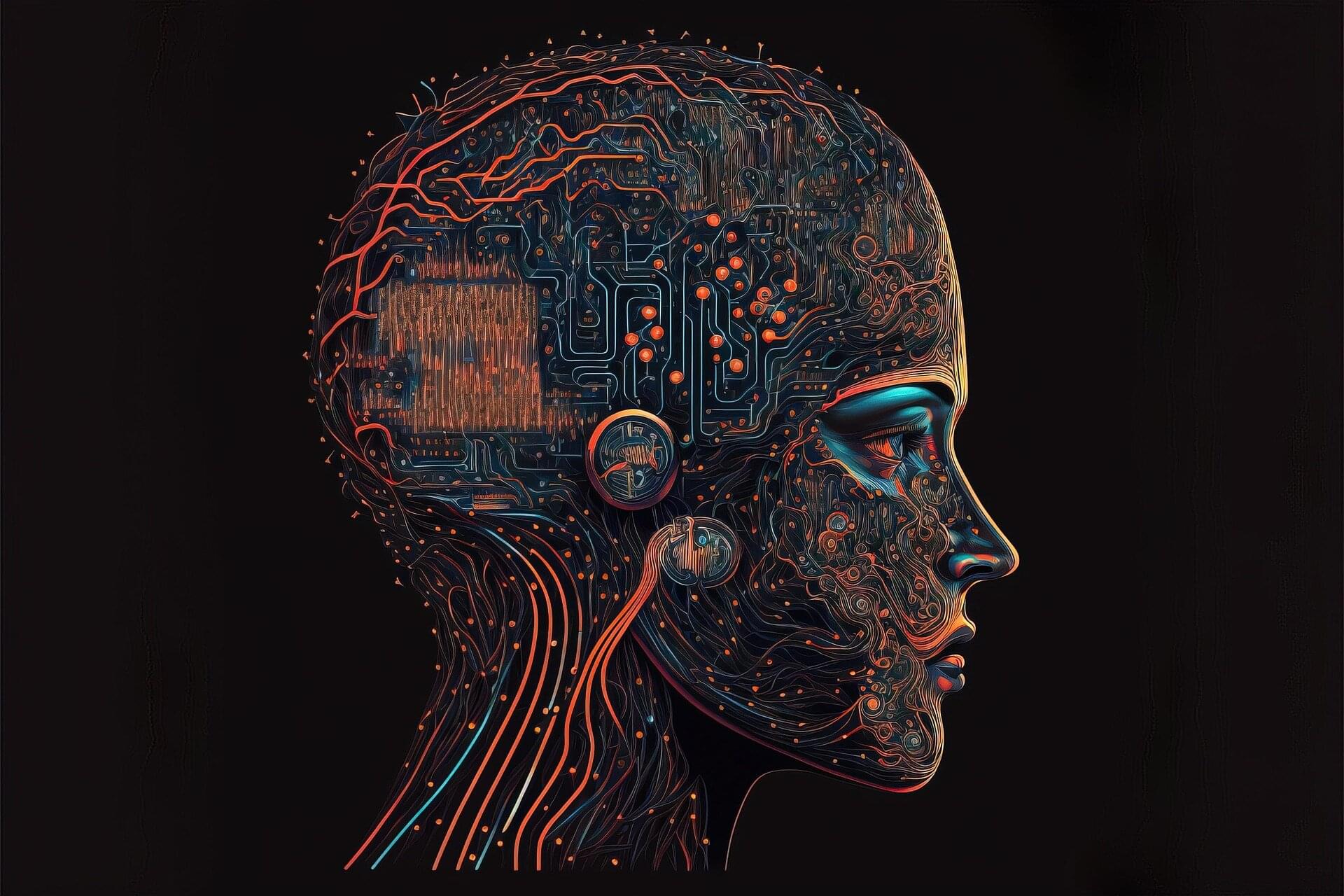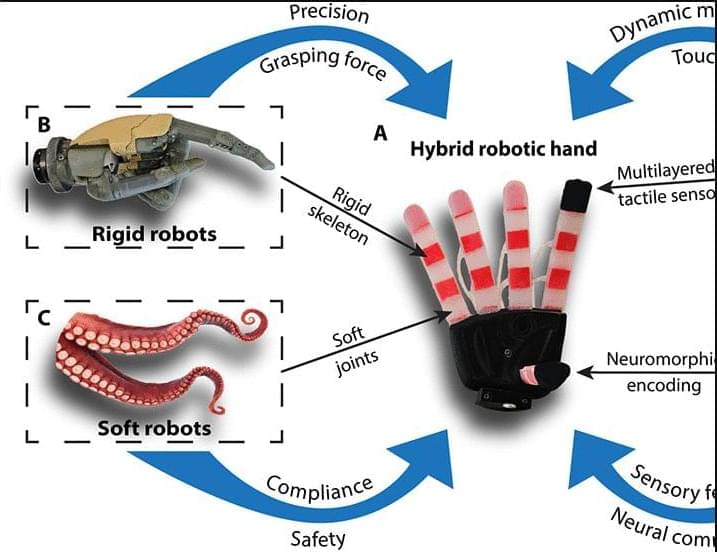We’ve run into a lot of challenges along the way [that] have caused us some launch delays, but this team has pulled together and worked diligently to get us over that.




Come listen to one of the great authors in this year’s edition of Future Visions, Jacob Colbruno.
Join Mike DiVerde as he interviews Jacob Colbruno, a visionary thinker and contributor to the OmniFuturists, about the future of energy and civilization. Discover fascinating insights about small modular nuclear reactors, the Economic Singularity, and the path to superabundance. From hands-on farming experience to deep analysis of future energy needs, Jacob shares unique perspectives on how nuclear power, AI, and technological advancement will reshape society. Learn why the next decade could transform how we live, work, and harness energy for a sustainable future.
#EconomicSingularity #NuclearPower #FutureEnergy #Sustainability #TechInnovation

Beneath the red sky of Mars, a city of sand stood, where people lived, dreaming of Earth’s oceans. By @metronovon.
Join Our Science Fiction Community Follow 👉@futuristic_fantasy_33 Follow 👉@metronovon.
📽️Credits: @metronovon All credits and rights are reserved and belong to @metronovon.

Imagine a large city recovering from a devastating hurricane. Roads are flooded, the power is down, and local authorities are overwhelmed. Emergency responders are doing their best, but the chaos is massive.
AI-controlled drones survey the damage from above, while intelligent systems process satellite images and data from sensors on the ground and air to identify which neighborhoods are most vulnerable.
Meanwhile, AI-equipped robots are deployed to deliver food, water and medical supplies into areas that human responders can’t reach. Emergency teams, guided and coordinated by AI and the insights it produces, are able to prioritize their efforts, sending rescue squads where they’re needed most.


Deterioration of the hippocampus precedes and leads to memory impairment in late adulthood (1, 2). Strategies to fight hippocampal loss and protect against the development of memory impairment has become an important topic in recent years from both scientific and public health perspectives. Physical activity, such as aerobic exercise, has emerged as a promising low-cost treatment to improve neurocognitive function that is accessible to most adults and is not plagued by intolerable side effects often found with pharmaceutical treatments (3). Exercise enhances learning and improves retention, which is accompanied by increased cell proliferation and survival in the hippocampus of rodents (4– 6); effects that are mediated, in part, by increased production and secretion of BDNF and its receptor tyrosine kinase trkB (7, 8).
Aerobic exercise training increases gray and white matter volume in the prefrontal cortex (9) of older adults and increases the functioning of key nodes in the executive control network (10, 11). Greater amounts of physical activity are associated with sparing of prefrontal and temporal brain regions over a 9-y period, which reduces the risk for cognitive impairment (12). Further, hippocampal and medial temporal lobe volumes are larger in higher-fit older adults (13, 14), and larger hippocampal volumes mediate improvements in spatial memory (13). Exercise training increases cerebral blood volume (15) and perfusion of the hippocampus (16), but the extent to which exercise can modify the size of the hippocampus in late adulthood remains unknown.
To evaluate whether exercise training increases the size of the hippocampus and improves spatial memory, we designed a single-blind, randomized controlled trial in which adults were randomly assigned to receive either moderate-intensity aerobic exercise 3D/wk or stretching and toning exercises that served as a control. We predicted that 1 y of moderate-intensity exercise would increase the size of the hippocampus and that change in hippocampal volume would be associated with increased serum BDNF and improved memory function.
Intuitive Machines’ Athena lander is on the moon’s surface but its status is unclear. Second time unlucky: A US company’s lunar lander appears to have touched down at a wonky angle on Thursday, an embarrassing repeat of its previous mission’s less-than-perfect landing last year.
#NovaC
#IM2Mission.
#LunarLanding.
#MoonExploration.
#NASA
#SpaceX
#FutureOfSpace.
Credit: nasa.
Join this channel to get access to perks:
/ @lakeupdate.
Disclaimer: This video is for educational purpose only. Copyright Disclaimer Under Section 107 of the Copyright Act 1976, allowance is made for \.

About 100 trillion neutrinos are passing through your body at this very second. The particles are the second most abundant form of matter in the universe (behind light), but they interact very, very rarely. That property makes them ideal objects for studying the fundamentals of quantum mechanics; however, it also complicates measurements.
For example, neutrinos were discovered in the 1950s, but their properties are still obscure. New research, published in Nature by a team including Lawrence Livermore National Laboratory (LLNL) scientists, introduces an experimental technique to constrain the size of the neutrino’s wavepacket.
Imagine measuring a neutrino like finding a needle in a haystack. The particles are so elusive that, previously, researchers didn’t even know where on Earth the haystack was located. Now, they’ve identified the haystack, or, scientifically, the size of the neutrino’s “wavepacket.” This measurement doesn’t say exactly where the neutrino is located or how big it is, but it does constrain what those answers could be.